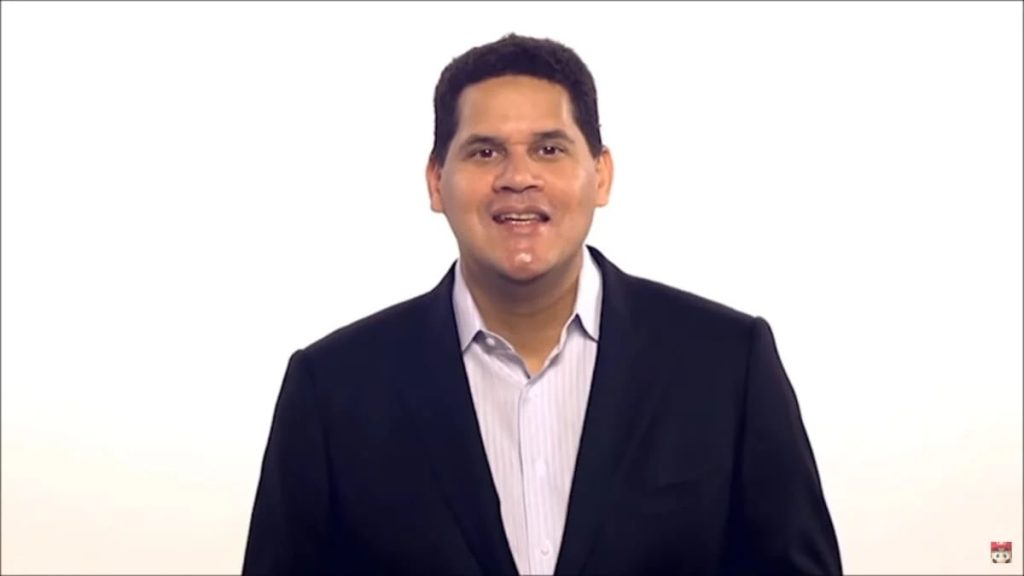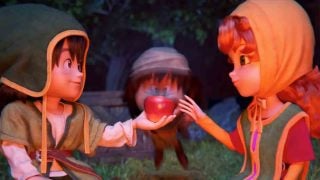In a tale of rise and fall paralleling the Roman Empire, E3 is now officially dead. Once a vital industry show that grew into a cultural juggernaut for video gaming before declining into irrelevance and failed attempts at revival, the ESA’s gaming Mecca went through almost three decades before fading away – and it begs the question. Did Nintendo Directs kill E3?
Now, just as with Rome, we can’t pin the fall of the conference on one cause alone: there were a whole host of factors leading to E3’s gradual demise, from expo bloat to changing trends to Sony deciding to forego the expo entirely after a certain point. But those are the proverbial Goths at the gates – the fact is that E3 was weakened over a long period of time, and the biggest cause of that was Directs.
When Directs began in 2011, E3 was arguably at the height (or just past the height) of its prominence. With almost religious fervor, gaming fans would tune in every June to await a deluge of gaming news they wouldn’t receive at any other time. It’s easy to forget now that gaming news is distributed more evenly throughout the year, but E3 was essentially worth the rest of the year’s potential game announcements rolled into one, with the added bonus of demo footage and more. And people would clamor to determine which company had “won” E3, as if it was a quantifiable competition (which, in capitalism, it kind of is).

The cornerstone of the expo was its press conferences: hourslong company showcases that provided both legendary hype and memetic mockery. E3 press conferences occupied a unique position – originally more in line with business conferences in other industries (grandiose, self-congratulatory, targeted towards shareholders and others in the gaming industry), they quickly caught a significant consumer audience that didn’t want to listen to quarterly profits – they wanted GAMES. As such, a common metric to judge conferences was based on how many cool new games were shown versus boring charts — or even worse, goofy performances (while it wouldn’t be called that at the time, “cringe culture” was a big part of E3 observance.)
In this respect, Nintendo Directs provided what hungry E3 crowds wanted: direct game news with little to no pomp or circumstance. Instead of needing to tune in once a year to maybe possibly see a few cool games alongside other fluff, you could tune in at several different points in the year to get game news directly. If E3 was a big, fatty steak, Directs were the lean cuts of sirloin: smaller in proportion, but no less sumptuous. And while we now know Directs as Mini-E3s in and of themself, they started off as truly bite-sized, clocking in under ten minutes and delving out only piecemeal bits of news. It took a few years for them to find their footing before becoming as giant as they are now.

And that didn’t happen by accident. Now firmly in the streaming era, Nintendo realized they had an outlet to deliver news directly to consumers without the middlemen of media personnel or E3 conferences. While there is a shady underside to that (the more Nintendo controls the message, the more they can hide anything they don’t want the public to see), it does streamline and expand the possibility of gaming news for the public. It’s little wonder then that they began to divest time and energy from E3 towards Directs throughout the year – they even shifted from a traditional E3 press conference to unique (usually huge) Directs during the Expo. E3, as mentioned, was hugely competitive – hosting their own events may have less total eyes, but those eyes would be more focused on what Nintendo had to offer and less concerned with the immediacy of how the company stacked up against others.
It’s clear that other companies took note too – look at Sony’s State of Play, a presentation as inspired by Directs as the PlayStation Move was inspired by the Wii. Throughout the 10s, it was this slow but perpetual peeling away of attention and resources from E3 that led to the conference’s lowered importance – to the point that by the end of the decade, companies were skipping on the expo entirely.
Even if Nintendo hadn’t been the trailblazer in that, it probably would’ve happened eventually anyway. But they sowed the seeds in 2011, right on the cusp of the true beginning of the streaming era, when on-demand Netflix was still largely a novelty and Twitch had just gotten its current name. And now nigh every company has their own presentations to drop gaming news straight into consumers’ laps, whether or not their names have “direct” in the title. And until shifting technology again causes a change in the winds, that’s likely going to be the case for many years going forward.
The king is dead. Long live the king.
Leave a Comment

